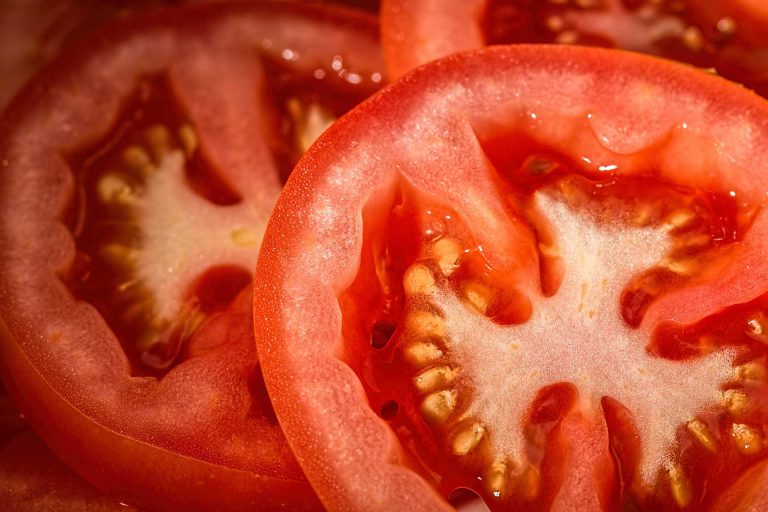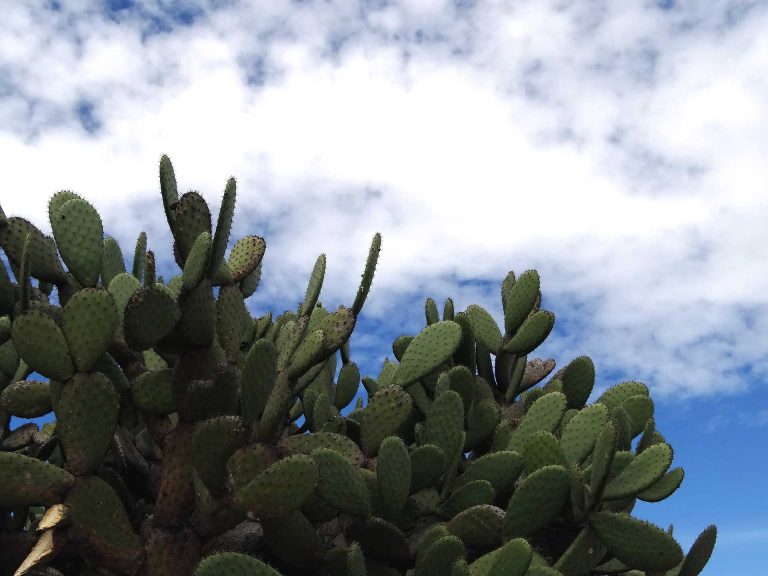Lacinato Kale
Lacinato kale a type of kale used for ages in Italian cuisine, particularly in Tuscany. The term “lacinato” is unknown in Italy. This leafy vegetable Kale belongs to the family of cole crop or Brassica. We normally classify this in the group of “cooking Greens”along with mustard, collard and Swiss chard, yet specifically it is more a non-headed cabbage. Its foliage sprouts from a central stem which lengthens while growing. This kale is highly nutritious, hence we can use both the tender leaves and the full-grown ones.
Anatomy
The surface of the plant Licinato Kale resembles the skin of a dinosaur; its leaves are deep blue-green with an “embossed texture.” Kale grows to a height of 2 to 3’and most people consider it as delicate and sweet. Particularly because the surface of the Lacinato is bumpy, similar to the Dinosaur’s skin, many refer to it as the “Dinosaur Kale.”
Habitat
This Italian heirloom, known since the 18th century, otherwise called Tuscan Kale or Dinosaur Kale, is an inevitable ingredient of caldovarde (green broth), a soup well-liked in Portugal.
How to Grow Lacinato Kale at Home

Soil for Planting
Lacinato Kale Plants favor rich soil with a high content of organic matter of mild acidic pH (5.5 – 6.5 pH) nature. Since you are growing this plant in particular for its leaves, giving a higher content of nitrogen in the form of organic matter is vital.
Planting
Plant your Lacinato kale seeds directly into the garden or plant them indoors and then transplant them to your garden. When planting them indoors do so six weeks before the last anticipated frost date. Kale seeds sprout faster in warm soil in a period of 5 to 8 days.
Watering
Water your Lacinato Kale plants thoroughly; a good combination of cool temperature and, moist soil makes the kale leaves crisp and sweet.
Temperature and Humidity
In spring when the temperature is cold, directly plant your seeds as soon as you prepare your soil. Maintain the soil temperature to minimum 45°F. Within a period of two months or so you see your kale maturing quickly. If you want multiple crops, you can indulge in succession planting.
Flowering and Maturing
Days to maturity: 30-60 days
Care

Lay a ½ an inch layer of soil over the seeds, but never let the seeds to dry out before germination. Your plants grow fast when planted indoors under lights and slowly when planted outdoors.
Right through the growing period, dress your plant with compost or feed them with high content of nitrogen fertilizer in any form. (Fish emulsion is a number one fertilizer, which enhances the rapid growth of your kale). Cool your kale plants by proper mulching at the roots.
Pests and Pesticides
Lacinato Kale belongs to the group of cabbage; it is notorious for the rot disease that insect pests bring on. Unlike broccoli or cabbage, kale curtails diseases, even though aphids, black rot, cabbage Loopers, and club roots, cutworms, cabbage worms, slugs and flea beetles can affect it. Frequently keep a close watch on your plants and look for any symptoms eaten leaves or eggs, that indicate it is time for you to protect your kale. Confirm the prevalent pest and give proper treatment.
Harvest Month and Storage
Reap your plant either when the leaves are tender for use as fresh leaves in salads or let your plants to grow and use them green for cooking. While reaping, leave the center leaves, and use the older large leaves; this permits continuous growth. Although Kale is particularly good after the frost, it is fine during summer too.
For further use, refrigerate your Lacinato kale leaves, retain moisture, never seal it. In this way it remains crisp for a couple of weeks or less.
Varieties
- ‘Red Russian’,
- ‘Lacinato’,
- ‘Vates’ derived from ‘Dwarf Blue Curled Scotch’
- ‘Hanover Salad’,

Having discovered a fondness for insects while pursuing her degree in Biology, Randi Jones was quite bugged to know that people usually dismissed these little creatures as “creepy-crawlies”.







